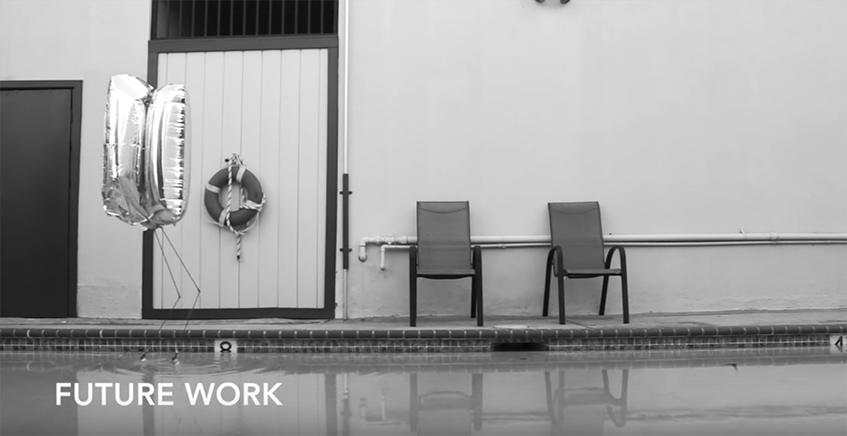One of the biggest challenges in making a robot walk seems to be keeping it from falling down all the time. But, a walking helium balloon robot?
We’re talking about bipedal robots here – the ones that emulate humans by walking on two feet. And despite all of our advances in the sciences and technology, this still remains one of the biggest challenges in creating a robot in our likeness.
We found a patent filed back in 2002 that nearly started down the path of solving the robotic stability issues using a buoyancy system, specifically “a series of bladders filled with a fluid of lower gravity than the outside environment.” However, the 2002 filing didn’t mention helium specifically and appears to have lapsed long ago.
One man has been working on his own solution, using a similar buoyancy system but one that uses gas, not liquid, to actually reverse gravity.
Dr. Dennis Hong, Professor and Founding Director of RoMeLa (Robotics & Mechanisms Laboratory) at UCLA, is testing a solution that ensures his robot can never fall over: Helium balloons!
The robot you met in the video above is named “BALLU,” which is an acronym for Buoyancy Assisted Lightweight Legged Unit and was unveiled at Humanoids 2016 in Cancun.
BALLU is essentially a pair of legs with a balloon body, but put together he is a walking helium balloon robot that can hop, balance, skateboard, drop from incredible heights, and even walk on water.
BALLU is light but not lighter than air, so he will never float away (although wind presents a problem to his strides), but the buoyancy created from the helium balloon robot body is enough to maintain his posture.
So what good is BALLU to us?
First of all, remember that BALLU is just part of the beginning stages in a larger study to find a permanent solution to a stable bipedal robot. However, that doesn’t mean the walking helium balloon robot couldn’t be useful to us in the near future.
Dr. Hong told IEEE Spectrum that while BALLU is too light to do any heavy lifting, he could very well serve as a “walking information device,” and there are clues to similar walking helium balloon robot projects that could carry a payload.
Is our future one with party balloons serving our daily needs? What a world!
Sources: Dennis Hong YouTube channel, Humanoids2016, RoMeLa, Google Patents, IEEE Spectrum


